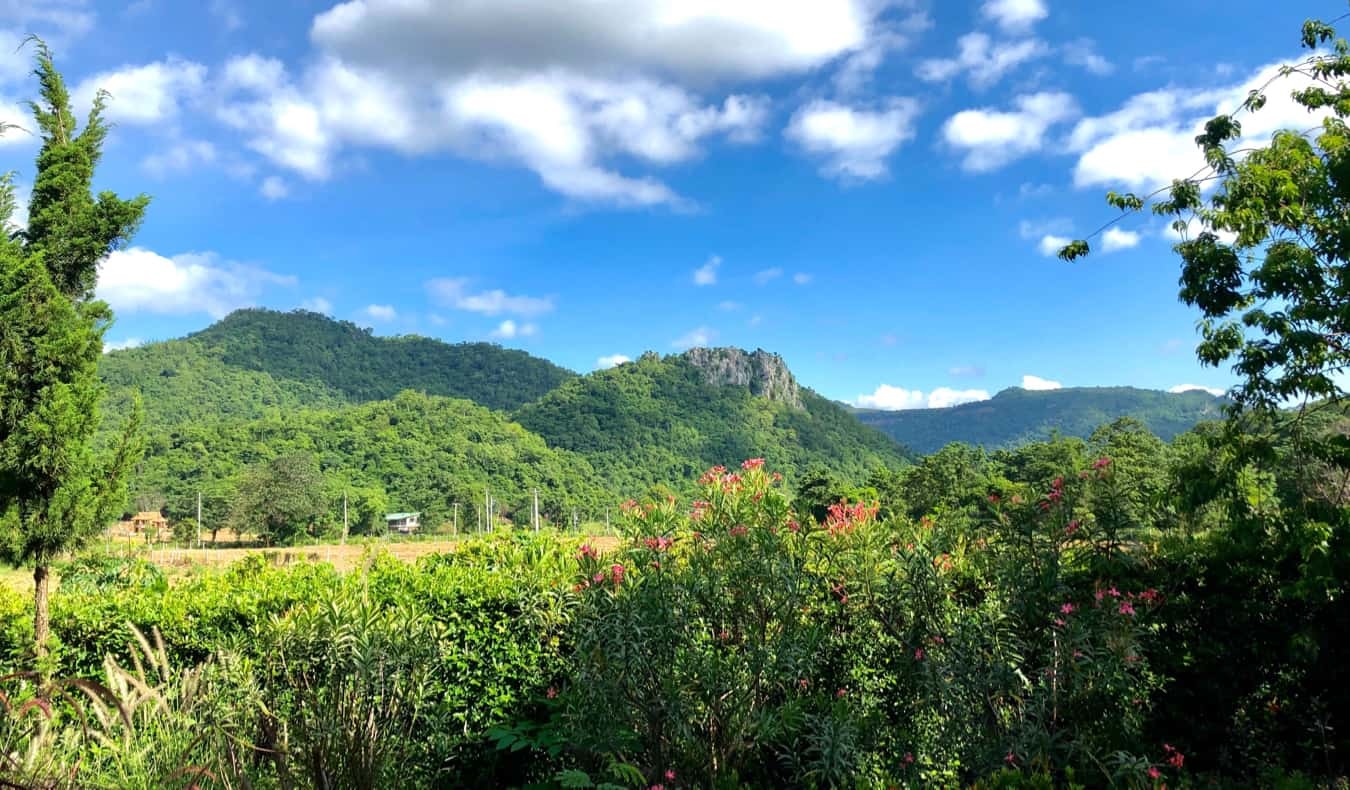Thailand’s third largest and busiest national park is Khao Yai, a UNESCO World Heritage Site. It encompasses the four provinces of Saraburi, Nakhon Nayok, N Bangkok Ratchasima, and Prachinburi. At Khao Rom, the tallest peak is 1,351 meters above sea level. Khao Yai, a throughout-the-year getaway location only three hours from Bangkok, is blessed by a lush, hilly environment, fertile valleys, thundering waterfalls, and abundant biodiversity. Seminar 200 people Khao Yai (สัมมนา เขา ใหญ่ 200 คน, which is the term in Thai) at Rancho Chanvee Resort Khao Yai will be happening where you can enjoy the peaceful weather with your loved ones.
More incredible pied hornbills, cobras, jungle fowl, sambar deer, and wild boar, as well as Asiatic black bears, tigers, pythons, elephants, gaur (wild cattle), silver pheasants, and grebes, are just a few of the approximately 1000 species of creatures that call Khao Yai National Park home. Sometimes, even from the road. Periodically, you can see elephants strolling through the tourist centre’s car park. Sometimes, they spend the night sleeping on the street. There are fewer sightings of gaur. To discover them, you typically need to seek out a tracker guide and travel far into the forest.
Discovering Wildlife In Khao Yai National Park
The Park Headquarters, which offers 33 bungalows, basic hotels, campsites, a museum, restaurants, bungalows, and six dorms for hikers with sleeping gear, is close to where most routes start. Some of the trails are challenging to navigate. There are “The Night Shining” trips available. Typically, what you only see is a bunch of deer.
A road traverses the park; its centre is home to tourist attractions like museums, lodging, and dining options. Most of the remaining park comprises grasslands and jungle.
The Climate At Khao Yai
May-October Although it does rain most days, there are sometimes extended dry periods. The finest moment in the year to view waterfalls is now.
- Winter Months: November to February. It’s warm and pleasant outside. Hiking is best at this time of year.
- Heat Wave: March through April. Although the outside temperature does rise to a maximum of 30 degrees Celsius, it is still noticeably lower than in the plains. The waterfalls could be more impressive.
Birds
There are nearly 300 different bird species in the park. Most of them migrate, while others remain year-round residents. The Red-headed Trogon, Golden-fronted Leafbird, Large Cuckooshrike, Verditer Flycatcher, and Minivet are further uncommon species.
Mountain and Common Myna birds may imitate the voices of humans as well. Siamese Firebacks and Little Pippas are both colourful. There are also hunting birds, such as falcons.


